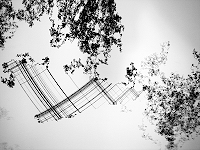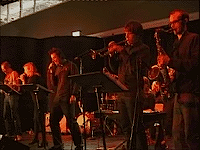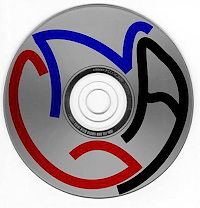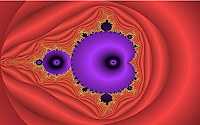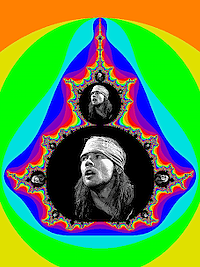Artists and musicians who appropriate existing forms and structures have diverse motivations and attitudes about the role of the original in their work. Some may use existing structures as a component of a new composite work, as is the case when Nick Didkovsky conceives of generative software that incorporates fractals. Others may explore existing structures as an architecture to be inhabited or exploited towards new purposes, as in the use of peer-to-peer networks in Jason Freeman's Network Auralization for Gnutella. When the very process of integrating structure becomes a significant part of the artistic practice, the composer faces a daunting challenge: to map or transform that structure as a fully integrated component driving a new work.
The projects included in this section demonstrate a
diversity of techniques and strategies in this regard, exposing different takes
on retaining faithfulness to the original and foregrounding the
transcriptive process. These works are inspired by structures from mathematics,
circuit design, peer-to-peer file-sharing networks, and (in two cases) pre-existing
pieces of music. And the transcriptive processes, in turn, rely on computer
algorithms, chance operations, digital media destruction, user interaction, and
human performance. Some of the works, such as Didkovsky’s MandelMusic and
Essl’s FontanaMixer, help us to understand original structures in new ways.
The works by Bünger, Freeman, and Perich, though, seem resigned to (or inspired
by) the very limitations of the transcriptive process, which serves as a springboard for creativity and a tool for viewing source material from new perspectives.

